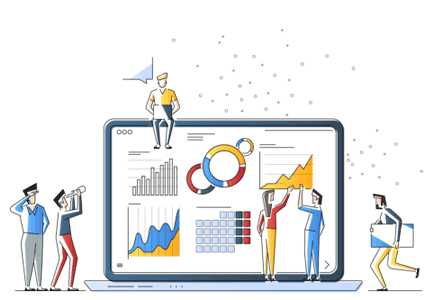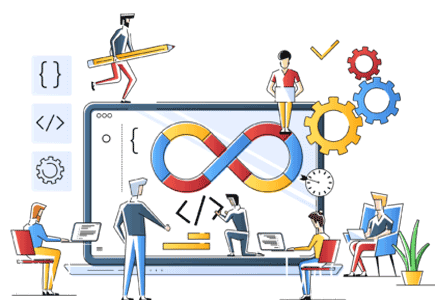Rockton Pricing Management (RPM) is a sophisticated software system designed to streamline and optimize pricing calculations. This overview aims to explain the functionalities and components of RPM, providing insights into its operation, including data synchronization with ERP systems, price calculation processes, and data extraction methods.
How RPM Functions
RPM serves as an expansive calculation engine, processing inputs to generate precise pricing. At its core, RPM requires three essential inputs: a Customer, an Item, and a Date. RPM can accept additional data, but these three elements are fundamental to initiating any pricing calculation. The input data is called a Scenario.
Upon receiving the necessary inputs, RPM evaluates pricing rules and configurations to determine the most suitable price for a specific Scenario. RPM’s output includes the final price, the Price Schedule on which the determination was based, and an optional collection of Price Adjustments. These Adjustments could provide further insights into the pricing decision, such as details on commissions, rebates, and discounts, enhancing transparency and traceability on the pricing call.
Key Components
RPM’s architecture is built around these key components:
- Connector: Installed within your ERP system, this connector facilitates communication between your ERP and the RPM engine.
- Cloud-Based SQL Database: This dedicated database houses your pricing data and configurations.
- Cloud-Hosted Management Portal: Through this portal, users can establish pricing rules and synchronize data with their ERP system.
RPM’s pricing model includes a free connector, a monthly subscription for cloud-based services, and a one-time implementation fee.
Synchronizing Data from ERP to RPM
Data synchronization, or “Data Sync” between your ERP and RPM is achieved through both push and pull mechanisms, with the latter being the most efficient. Utilizing OData, RPM can execute preconfigured queries to pull essential information from an ERP system. This process is near instantaneous, ensuring data remains synchronized across systems. Additionally, RPM can be configured to detect new or modified records based on their creation or modification dates, ensuring continuous synchronization.
Price Retrieval
Obtaining a price from RPM is conducted through an API call, which currently supports XML payloads. This API, accessible via tools like Swagger or Postman, allows for the input of single or multiple document lines to accommodate dependencies that might affect pricing. Future plans include the development of a JSON equivalent to further streamline this process.
Each record in an ERP system has a unique ERP ID that identifies that record. ERP IDs are used to facilitate communication with external systems, notably the ERP. RPM itself has additional internal IDs to identify and link its own record. For proper communication between RPM and any external system, knowledge of ERP IDs is required.
Extracting Data from RPM
RPM’s API facilitates data extraction, offering access to every data element within the system. This capability is particularly useful for creating Catalogs—comprehensive lists of item prices calculated by RPM and stored for easy access. These catalogs can be integrated with external platforms, such as eCommerce websites, to provide accurate pricing information.
Support and Assistance
Rockton is committed to delivering exceptional customer service. Should you require clarification on any aspect of RPM or need further assistance, our team is readily available to help.


